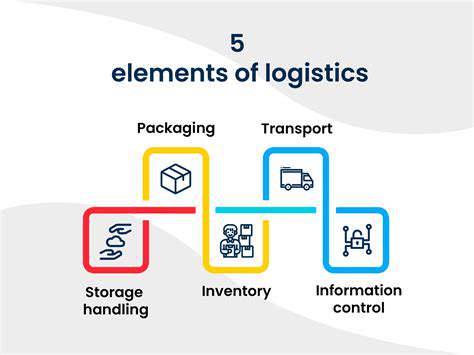How to Choose the Right Volunteer Project Abroad
Understanding Your Motivations
Digging deep into why you want to volunteer is the first step toward finding the right fit. Are you fueled by a passion for helping others, eager to learn new skills, or simply wanting to support a cause close to your heart? Pinpointing your motivations ensures you pick roles that resonate with your values, making the experience more rewarding. Skipping this self-reflection might leave you stuck in a role that doesn’t inspire you.
Identifying Your Skills and Strengths
Take stock of what you’re good at. Are you a natural communicator, a detail-oriented planner, or someone who thrives under pressure? These traits can be huge assets in volunteering. Maybe you excel at organizing events or connecting with people—recognizing these strengths helps you find roles where you’ll shine. When your skills align with the work, you’ll feel more engaged and make a bigger impact.
Focusing on your strengths isn’t just about efficiency; it’s about enjoying the process. A well-matched role keeps you motivated and eager to contribute.
Exploring Potential Volunteer Opportunities
Don’t limit yourself to the usual suspects. Look for groups tackling issues that spark your interest—whether it’s wildlife conservation, education, or neighborhood revitalization. Local nonprofits, libraries, and even online platforms like VolunteerMatch can help you discover opportunities. The right fit isn’t just about the cause; it’s about the team, the culture, and how you’ll grow.
Considering Your Availability and Time Commitment
Be honest about how much time you can give. Some roles need a few hours a week, others might require weekend commitments. Overpromising leads to burnout, while undercommitting might leave you feeling disconnected. Find a balance that lets you contribute meaningfully without neglecting other responsibilities. A flexible schedule ensures you stay energized and engaged.
Matching Your Goals with Available Opportunities
Now, bring it all together. Compare your motivations, skills, and schedule with the roles you’ve researched. Does the organization’s mission excite you? Will the tasks challenge you in a good way? A thoughtful match means you’ll stick with it longer and make a real difference. Volunteering shouldn’t feel like a chore—it should feel like a chance to grow and give back.
Evaluating the Organization's Reputability and Transparency: Ensuring Your Impact
Understanding Reputational Capital
A good reputation isn’t just nice to have—it’s a lifeline. Trustworthy organizations attract support, talent, and funding. They earn it through ethical actions, clear communication, and a genuine commitment to their cause. But one misstep—like cutting corners or ignoring community concerns—can unravel years of trust. Reputation isn’t built overnight, and losing it can happen fast.
Transparency in Communication and Actions
Transparency means more than just sharing annual reports. It’s about owning mistakes, explaining decisions, and proving your values aren’t just lip service. For example, if an organization claims to prioritize sustainability, do they use eco-friendly practices in their offices? Stakeholders notice when words and actions don’t align—and they’ll call it out.
Assessing Stakeholder Expectations
Every group—donors, volunteers, beneficiaries—has different expectations. Smart organizations listen. They send surveys, host feedback sessions, and monitor social media chatter. Ignoring these voices is a recipe for disconnect. The best nonprofits adapt based on what they hear, showing they value their community’s input.
Analyzing Past Performance and Practices
History matters. Look at how an organization has handled challenges. Did they address financial hiccups openly? How do employees rate their workplace culture? Past behavior predicts future reliability. A track record of accountability—like publishing impact reports or admitting missteps—builds confidence.
Measuring the Impact of Initiatives
Good intentions aren’t enough. Real impact requires proof. Does the organization track outcomes, like lives improved or policies changed? Transparent groups share both wins and lessons learned. If they can’t show measurable results, it’s worth asking why.









![Top 10 Adventure Destinations in the World [2025]](/static/images/27/2025-05/ConqueringtheHimalayas3AMountaineeringandTrekkinginNepal.jpg)
![Learning to Cook Thai Food in Thailand [Cooking Class Guide]](/static/images/27/2025-05/ChoosingtheRightCookingClassforYourNeeds.jpg)

